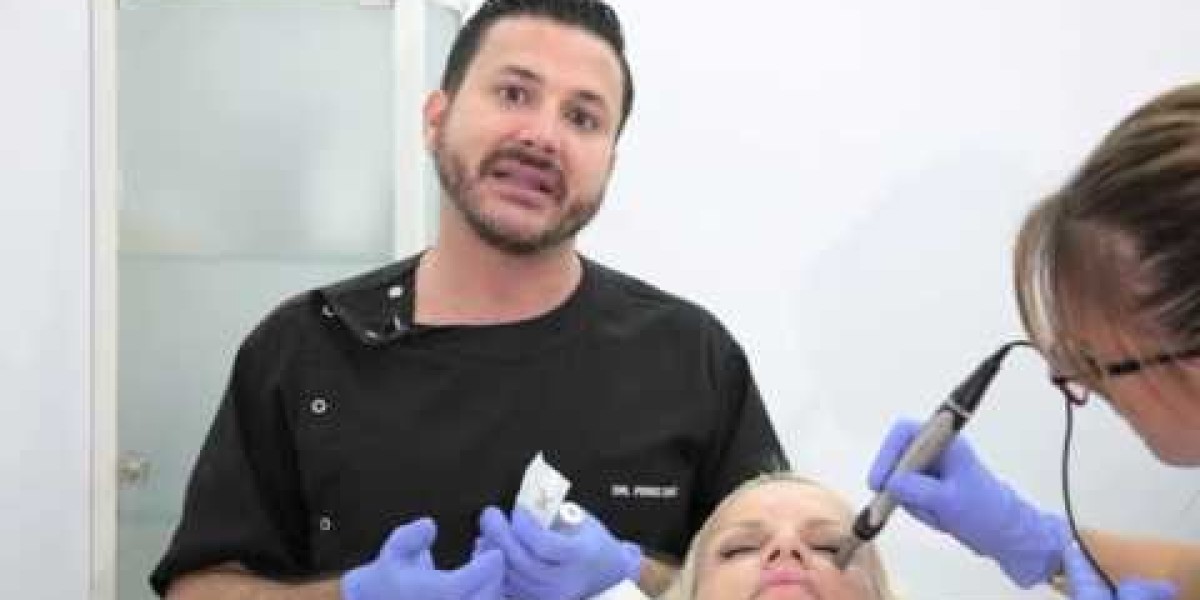
UPVC (Unplasticized Polyvinyl Chloride) doors have gained significant popularity due to their durability, low maintenance, and cost-effectiveness. These doors are commonly used in both residential and commercial settings, providing excellent insulation and security. However, like any other product, UPVC doors can encounter issues over time that require repair. This article delves into the common problems faced with UPVC doors, the steps to diagnose and fix them, and tips for maintaining their longevity.
Common UPVC Door Issues and Their Causes
Warped or Broken Frames
- Cause: Exposure to extreme temperatures, improper installation, or physical damage.
- Symptoms: Doors may not close properly, gaps may appear, or the door may stick when opening or closing.
Faulty Locks and Handles
- Cause: Wear and tear, improper use, or manufacturing defects.
- Symptoms: Difficulty in locking or unlocking the door, handles may feel loose or not function correctly.
Drafts and Air Leaks
- Cause: Damaged seals, worn gaskets, or loose hinges.
- Symptoms: Cold air entering the room, increased energy bills, and difficulty in maintaining the desired temperature.
Creaking and Squeaking
- Cause: Dry hinges or misaligned components.
- Symptoms: Uncomfortable noises when the door is opened or closed.
Sticky or Jammed Doors
- Cause: Warped frames, swollen seals, or debris in the tracks.
- Symptoms: Doors may be hard to open or close, leading to frustration and increased wear on the door mechanism.
Diagnosing UPVC Door Problems
Before attempting any repairs, it's essential to diagnose the issue correctly. Here’s a step-by-step guide:
Visual Inspection:
- Examine the door and frame for visible damage, such as cracks, warping, or broken components.
- Check the seals and gaskets for wear and tear.
Functionality Test:
- Attempt to open and close the door to identify any sticking points or unusual noises.
- Test the lock and handle to ensure they function smoothly.
Check for Drafts:
- Use a lit candle or a piece of paper to detect air leaks around the door.
- Pay attention to the seals and hinges, as these are common areas for drafts.
Measure and Compare:
- Measure the door and frame to ensure they are still aligned and square.
- Compare the measurements to the original specifications to identify any deviations.
Steps to Repair UPVC Doors
Repairing Warped Frames:
- Straighten the Frame: If the frame is only slightly warped, you can try to straighten it using a block of wood and a hammer. Gently tap around the frame to realign it.
- Replace the Frame: For severe warping, it may be necessary to replace the entire frame. Measure the door and frame, and purchase a new UPVC frame from a hardware store or a specialized supplier.
Fixing Faulty Locks and Handles:
- Lubricate the Lock: Use a silicone-based lubricant to spray into the lock mechanism. This can help reduce friction and improve functionality.
- Adjust the Strike Plate: If the lock doesn’t align with the strike plate, adjust the plate by loosening the screws and repositioning it.
- Replace the Lock or Handle: If lubrication and adjustment don’t work, consider replacing the faulty components. Ensure the new lock or handle is compatible with the existing door.
Sealing Drafts and Air Leaks:
- Replace Seals and Gaskets: Remove the old seals and gaskets and replace them with new ones. Use a utility knife to cut and fit the new seals.
- Re-caulk the Door Frame: Apply a fresh layer of silicone caulk around the frame to seal any gaps and prevent air leaks.
- Adjust Hinges: Tighten the screws on the hinges to ensure the door is properly aligned and sealed.
Eliminating Creaking and Squeaking:
- Lubricate Hinges: Apply a lubricant such as WD-40 or a silicone spray to the hinges. Wipe off any excess to prevent dirt accumulation.
- Check for Misalignment: If the hinges are properly lubricated but the door still creaks, check for misalignment. Adjust the hinges as needed to ensure the door moves smoothly.
Addressing Sticky or Jammed Doors:
- Clean the Tracks: Remove any debris or dirt from the door tracks using a vacuum cleaner or a damp cloth.
- Realign the Door: If the door is out of alignment, adjust the hinges to bring it back to its original position.
- Check the Weatherstripping: Ensure the weatherstripping is not swollen or damaged. Replace it if necessary to prevent the door from sticking.
Tips for Maintaining UPVC Doors
Maintaining your UPVC doors can significantly extend their lifespan and keep them functioning optimally. Here are some tips:
- Regular Cleaning: Clean the door and frame with a mild detergent and water to remove dirt and grime. Avoid using abrasive cleaners that can damage the surface.
- Lubrication: Lubricate the hinges and lock mechanisms at least once a year to prevent creaking and ensure smooth operation.
- Seal Maintenance: Inspect the seals and gaskets regularly for wear and tear. Replace them as needed to maintain energy efficiency.
- Weather Protection: Protect the door from extreme weather conditions. Use weatherproofing strips and caulk to seal any gaps and prevent water damage.
- Proper Storage: Store any spare parts, such as seals and handles, in a dry, cool place to prevent damage and ensure they are available when needed.
FAQs About UPVC Door Repairs
Q1: How often should I lubricate the hinges and lock mechanisms on my UPVC door?
- A: It is recommended to lubricate the hinges and lock mechanisms at least once a year. This helps prevent creaking and ensures smooth operation.
Q2: Can I paint my UPVC door?
- A: While UPVC doors are generally not designed to be painted, some specialized paints can be used. Ensure the paint is specifically designed for UPVC surfaces and follow the manufacturer's instructions carefully.
Q3: What should I do if my UPVC door is warped?
- A: For slight warping, you can try to straighten the frame using a block of wood and a hammer. For severe warping, it may be necessary to replace the entire frame. Consult a professional if you are unsure.
Q4: How do I know if my seals and gaskets need replacing?
- A: Inspect the seals and gaskets for signs of wear, such as cracking, peeling, or gaps. If you notice any of these issues, or if the door feels drafty, it’s time to replace the seals.
Q5: Can I repair a UPVC door myself, or should I call a professional?
- A: Many common issues, such as lubricating hinges or replacing seals, can be handled DIY. However, for more complex repairs, such as replacing the frame or major components, it is advisable to call a professional to ensure the job is done correctly and safely.
UPVC doors are a reliable and cost-effective option for many homes and businesses. However, they require occasional maintenance and repairs to function at their best. By understanding the common issues, diagnosing them correctly, and following the appropriate Repair My Windows And Doors steps, you can keep your UPVC doors in excellent condition. Regular maintenance and timely repairs can help extend the lifespan of your UPVC doors, ensuring they continue to provide the security and energy efficiency you need.
If you encounter any issues that you are unsure how to handle, don't hesitate to consult a professional. They can provide expert advice and ensure that your door is repaired correctly, preventing further damage and potential safety hazards.







